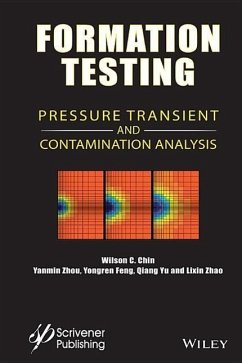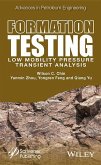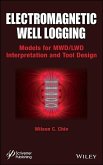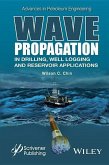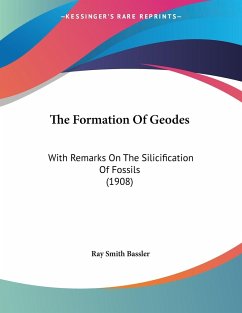The only book available for the reservoir or petroleum engineer covering formation testing--with algorithms for wireline and LWD reservoir analysis developed for transient pressure, contamination modeling, permeability, and pore pressure prediction. Traditional well logging methods, such as resistivity, acoustic, nuclear, and NMR, provide indirect information relating to fluid and formation properties. However, the "formation tester" offered in wireline and MWD/LWD operations is different. It collects actual downhole fluid samples for surface analysis, and through pressure transient analysis, provides direct measurements for pore pressure, mobility, permeability, and anisotropy. These are vital to real-time drilling safety, geosteering, hydraulic fracturing, and economic analysis. Methods for formation testing analysis, while commercially important and accounting for a substantial part of service company profits, are shrouded in secrecy. Many are poorly constructed, and because details are not available, industry researchers are not able to improve on them. Formation Testing explains conventional models and develops new, more powerful algorithms for early-time analysis. More importantly, it addresses a critical area in sampling related to "time required to pump clean samples," using rigorous multiphase flow techniques. All of the methods are explained in complete detail. Equations are offered for users to incorporate in their own models, but, for those needing immediate answers, convenient, easy-to-use software is available. The lead author is a well-known petrophysicist with hands-on experience at Schlumberger, Halliburton, BP Exploration, and other companies. His work is used commercially at major oil service companies, and important extensions to his formation testing models have been supported by prestigious grants from the U.S. Department of Energy. His latest collaboration with China National Offshore Oil Corporation marks an important turning point, where advanced simulation models and hardware are evolving side-by-side, defining a new generation of formation testing logging instruments. Providing more than formulations and solutions, this book offers a close look at "behind the scenes" formation tester development, as the China National Offshore Oil Corporation opens up its research, engineering, and manufacturing facilities through a collection of never-before-seen photographs, showing how formation testing tools are developed from start to finish. This groundbreaking new volume: * Develops key reservoir analysis methods for wireline and LWD forward and inverse modeling, including algorithms, validations, examples, and modeling software * Includes new pressure transient and multiphase contamination models for analysis and job planning * Covers low permeability and heavy oil reservoirs using early time data, despite high flowline storage * Is the only book on the subject for modern methods used at leading service companies, with research funded by the U.S. Department of Energy, China National Offshore Oil Corporation, and other companies
Hinweis: Dieser Artikel kann nur an eine deutsche Lieferadresse ausgeliefert werden.
Hinweis: Dieser Artikel kann nur an eine deutsche Lieferadresse ausgeliefert werden.

